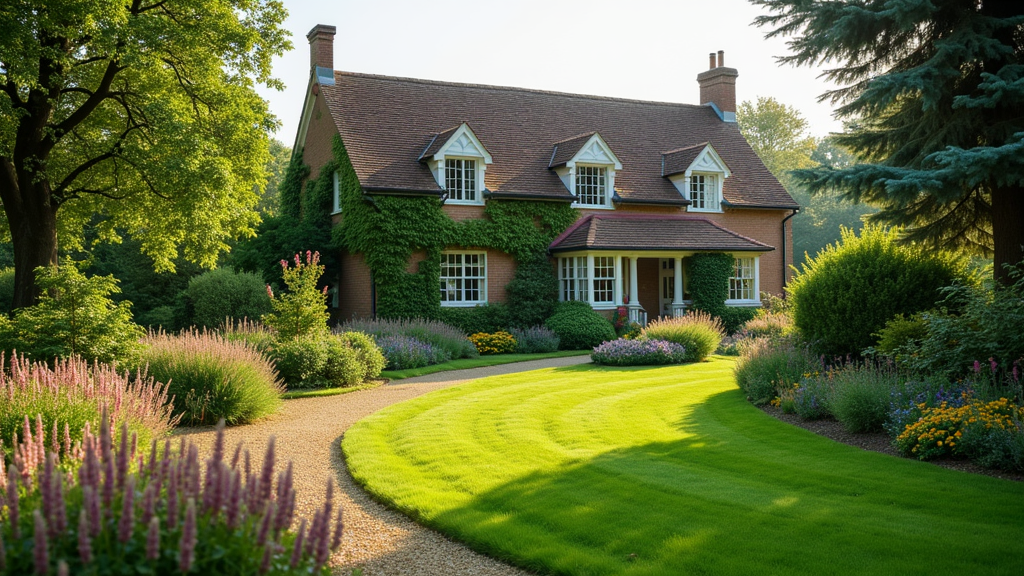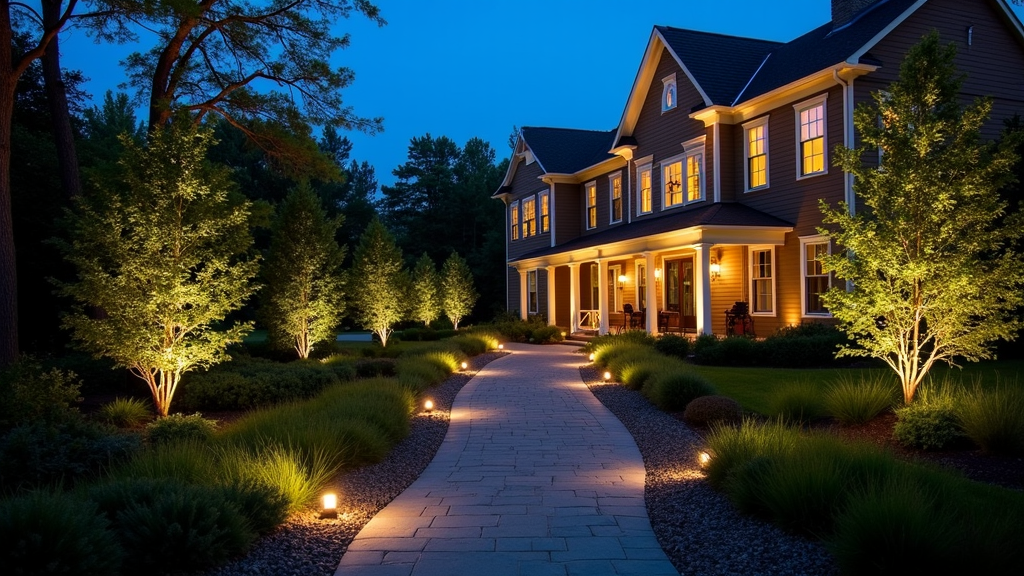Creating a vibrant outdoor space that caters not only to adults but also to the spirited energy of children can transform your yard into a haven of joy and exploration. In this article, we will delve into the essentials of landscaping with children in mind, ensuring safety, fun, and creativity are at the forefront of your design. So grab a cup of coffee, sit back, and let’s explore how landscape design can be tailored specifically for families.
Understanding the Importance of Safe Landscape Design
When designing landscapes intended for children, safety is paramount. It’s crucial to create environments where kids can play freely without the constant worry of injury.
Why Safety Matters in Landscape Design
Children are naturally curious. They climb, run, and explore every nook and cranny of their environment. Therefore, incorporating safety measures in your landscape design is essential:
- Minimizing Hazards: Ensure that sharp objects or poisonous plants are out of reach. Soft Surfaces: Utilize materials that cushion falls like mulch or rubber mats. Clear Visibility: Keep sightlines clear so parents can easily supervise play.
Elements to Consider for Child-Friendly Landscapes
Creating a child-friendly garden involves more than just planting flowers:
Durable Materials: Use non-toxic plants and weather-resistant furniture. Defined Play Areas: Create distinct areas for different activities like gardening or playing. Natural Boundaries: Incorporate natural features like boulders or hedges to define spaces.Landscaping with Children in Mind: Safe and Fun Designs
A well-planned landscape can ignite a child's imagination while ensuring their safety. Let’s explore various elements that make for safe yet fun designs.
Interactive Garden Features
Interactive elements in gardens engage children's senses while promoting physical activity:
- Sensory Gardens: Include fragrant herbs, textured plants, and colorful flowers. Water Features: Small fountains or ponds can be mesmerizing but ensure they’re securely fenced.
Play Structures and Equipment
Incorporating play structures is a great way to encourage physical activity:
- Climbing Frames: Opt for frames made from sturdy materials with soft landings below. Swingsets: Install swings on level ground outfitted with protective surfaces beneath.
Choosing Plants Wisely for Safety
Not all plants are created equal when it comes to kid-friendly landscaping. Here’s https://ameblo.jp/troyafxe371/entry-12888524548.html what you need to consider:
Non-Toxic Plant Options
Select plants that are safe if ingested:
- Sunflowers Marigolds Basil
These options not only beautify your space but also add an educational component about nature.
Avoiding Poisonous Plants
It's equally important to avoid certain plants known for toxicity:
Oleander Foxglove RhododendronMake sure these plants are either removed or placed far out of reach.

Designing Functional Outdoor Spaces
Outdoor spaces should cater to various needs beyond just aesthetics—think functionality!
Creating Multi-Purpose Areas
Design areas that serve multiple uses:
A garden bed can double as an art area with washable paint. Picnic tables that host family meals during summer evenings.Flexibility in Design
Kids grow fast; thus, having flexible spaces allows you to adapt their needs over time. Consider using modular seating or movable planters.
Incorporating Natural Elements into Your Landscape Design North Carolina Style
The beauty of North Carolina's landscape provides a unique opportunity to incorporate local flora and fauna into your design.
Utilizing Native Plants
Using native species not only supports local wildlife but also reduces maintenance efforts as these plants are adapted to local conditions:
- Eastern Redbud Southern Magnolia
These plants provide habitat while being visually stunning.
Creating Wildlife Habitats
Encourage children to observe nature by building habitats such as birdhouses or butterfly gardens:
Bird feeders can attract diverse birds. Pollinator gardens help educate kids about ecosystems.Safety Measures During Playtime Activities
Supervision is key; however, other safety measures enhance security during playtime activities too!
Fencing and Boundaries
Establish boundaries around play areas using fences or natural barriers such as hedges:
- This keeps children safe from traffic areas. Define spaces clearly within the yard for organized playtime.
Safe Pathways and Access Points
Create smooth pathways leading to different sections of the yard which decreases tripping hazards while promoting exploration!
Educational Aspects of Landscaping with Kids in Mind
Your garden can be more than just a playground—it can be a classroom!
Gardening Projects for Kids
Engaging children in gardening projects fosters responsibility and care for nature:
Planting vegetables teaches them about food sources. Starting a compost pile helps them understand recycling.Seasonal Activities Based on Landscape Design North Carolina Trends
North Carolina's varied climate allows for seasonal activities throughout the year!
Spring planting festivals where kids plant flowers together. Autumn harvest events showcasing fruits and vegetables grown during the year.FAQs
1. What types of materials are safest for playgrounds?
Safe materials include rubber mulch, sand, grass turf, and soft padding designed specifically for impact absorption.
2. How do I choose non-toxic plants?
Research native species suitable for your climate zone; look up lists provided by gardening associations focusing on child-safe varieties.

3. Are there any design styles particularly good for children?
Cottage-style gardens often work well since they have informal layouts encouraging exploration compared to formal gardens which may feel restrictive.
4. How often should I change my landscaping design?
Consider refreshing it every few years as children grow older; adaptability is crucial!
5. Can I involve my kids in landscaping decisions?
Absolutely! Encourage them by letting them pick out colors or themes—this fosters creativity while teaching decision-making skills!
6. What should I avoid when designing landscapes?
Avoid sharp-edged hardscapes near play areas; prioritize soft curves instead which promote safety through gentle transitions between spaces.
Conclusion
Creating an outdoor space tailored specifically for children doesn’t have to be daunting! By carefully considering safety measures alongside fun elements like interactive gardens and play structures, you’ll cultivate an enchanting environment where kids thrive physically and emotionally! Remember—the key lies in creating flexibility within your landscape design while incorporating native North Carolina elements connecting young ones closely with nature—all contributing towards memorable experiences outdoors!
So go ahead—let those little imaginations run wild in a thoughtfully designed landscape!